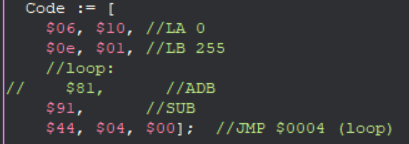Top row numbers can be shifted and keypad numbers can't. Both share an edge detector circuit and multiplexer 'line'. Top row key short to ground whereas keypad key have an SIO (or S10) signal. The keyboard logic board uses an analogue edge detector with 74121 pulse generator.
On the Pico I'm handling this by driving the SIO line low. When a keypress is detected I drive it high. If the keypress is still detectable then it's a top row key. If not then keypad.
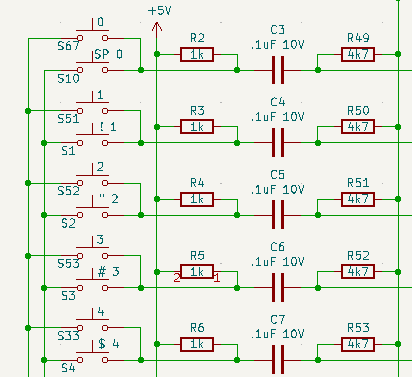
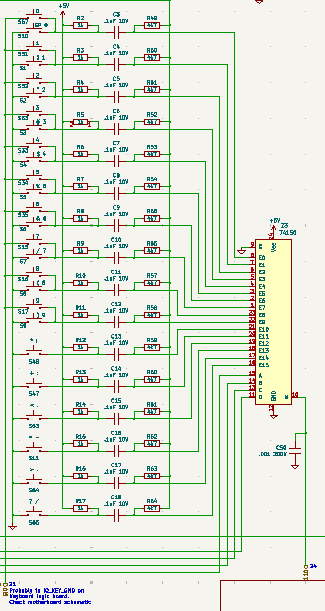
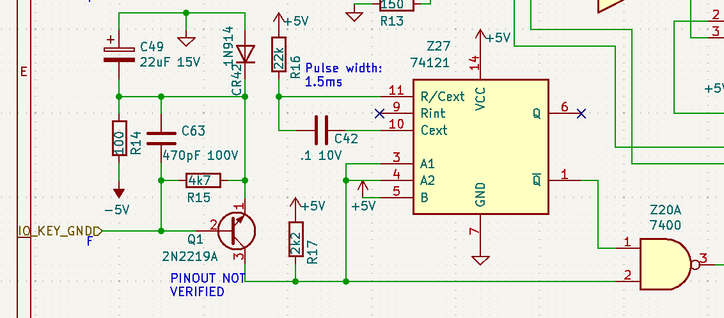
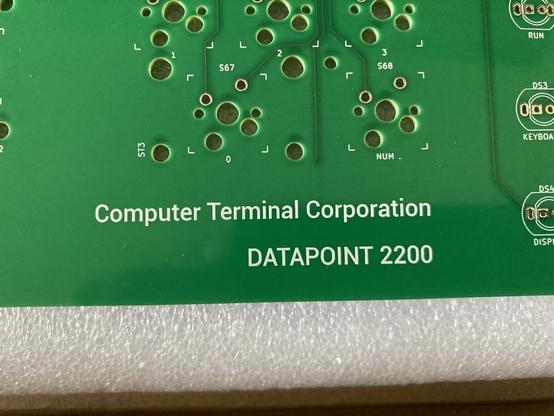


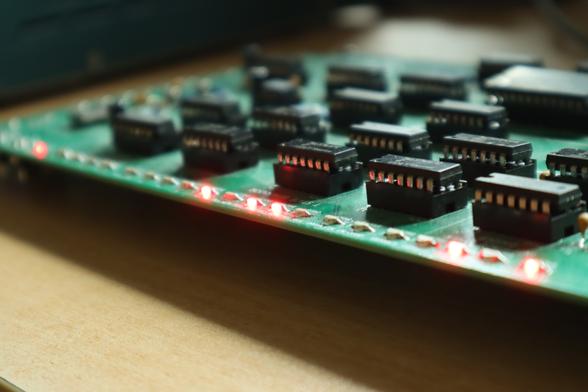
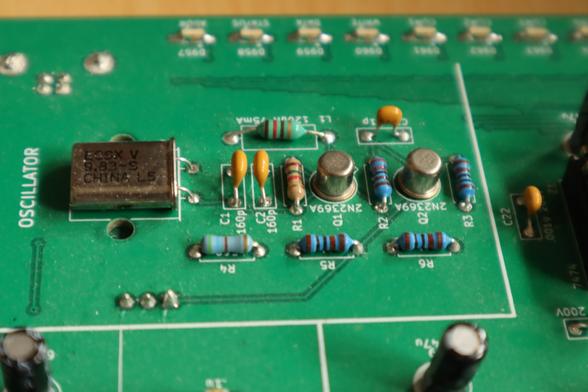

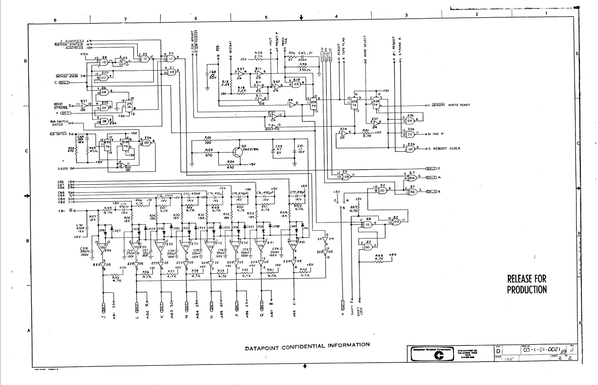
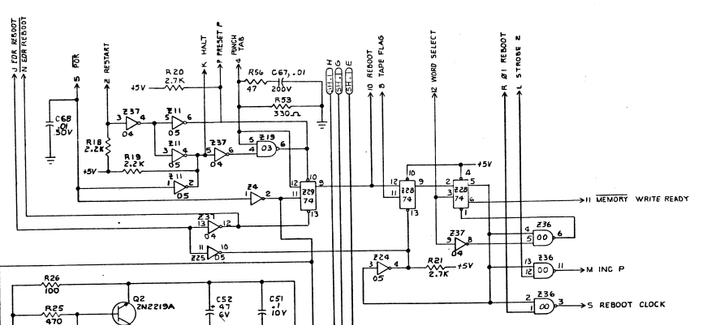

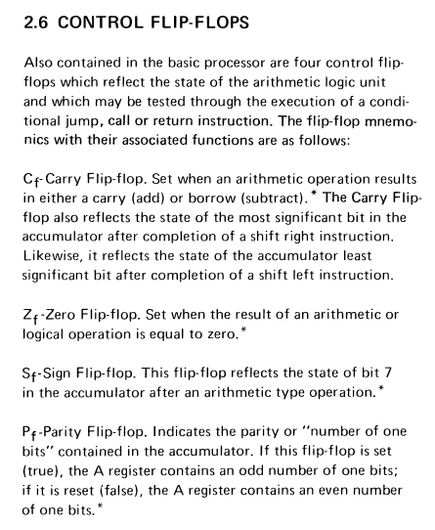
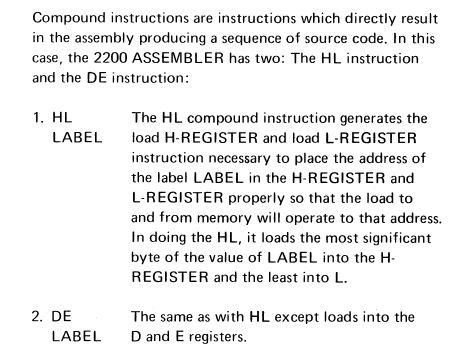
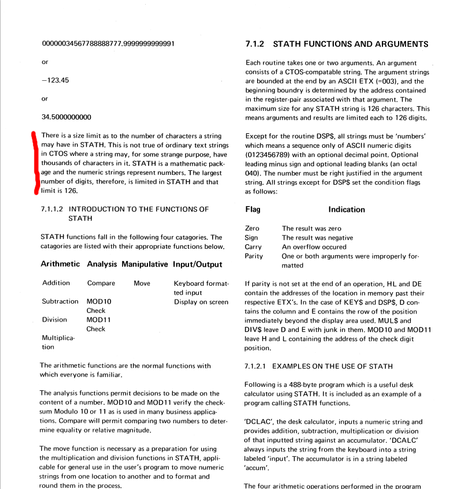
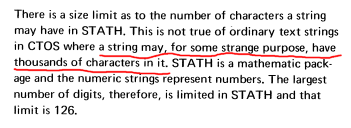
![A promotional flyer for James Bartlett's upcoming session at the Data Point Prague 2024 conference. The content of the flyer is as follows:
May 30 & 31 ∙ 2024
[Data Point logo (an abstract Venn diagram with two transparent circles of equal size, their outlines and the overlapping area between them colored in a blue-green gradient)] Data Point
Prague
[Headshot photo of James Bartlett wearing a red-and-black plaid shirt, a black-and-blue vest, and black-rimmed glasses] [A Microsoft MVP (Most Valuable Professional) badge superimposed on the lower-right corner of the headshot photo]
James Bartlett
The Data Dojo: A Power Bl Community of Practice
[Microsoft Fabric logo (a stylized capital letter "F" which appears to be made from two pieces of cloth or ribbon, one colored in a solid seafoam green and the other a mint-pine gradient)] [Data Point logo (see description above)] [Microsoft Power BI logo (a stylized column chart with three overlapping columns, each in a progressively darker shade of yellow)]
www.datapointprague.cz](https://files.mastodon.social/cache/media_attachments/files/112/357/532/076/060/351/small/5a9eddb5da926e53.png)
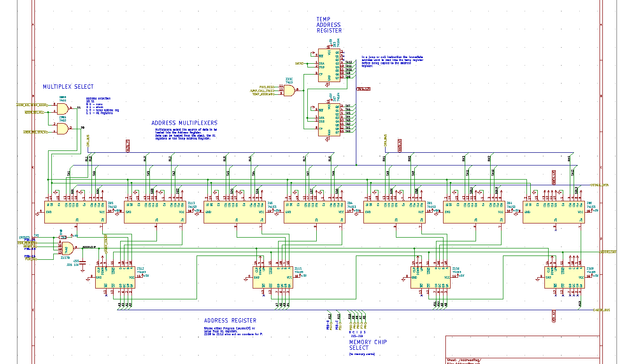
![A program for the Datapoint 2200:
Code := [
$06, //0000: LA 7 ;A=7 (Terminal device ID)
$51, //0001: EX ADR ;Select device
$37, $00, //0002: LL lo(message) ;H,L=@message
$2e, $10, //0004: LH hi(message)
//loop:
$c7, //0006: LAM ;A=[HL]
$a0, //0007: NDA ;AND A,A
$68, $0f, $00,//0008: JTZ done ;Jump if Zero True
$57, //000b: EX WRITE ;Write data
$44, $06, $00,//000c: JMP loop
//done:
$00 //000f: HALT
];
Data := [
//message:
$48,$6f,$77,$64,$79,$2d,//DB 'Howdy-'
$64,$6f,$6f,$64,$6c,$79,//DB 'doodly'
$2d,$64,$6d,$2c,$20, //DB '-do, '
$68,$6f,$77,$27,$73,$20,//DB 'how's '
$69,$74,$20, //DB 'it '
$67,$6f,$69,$6e,$67,$3f,//DB 'going?'
$00 //End-of-string marker
];](https://files.mastodon.social/cache/media_attachments/files/112/231/368/049/195/482/small/5fe08c2455f59c81.png)

